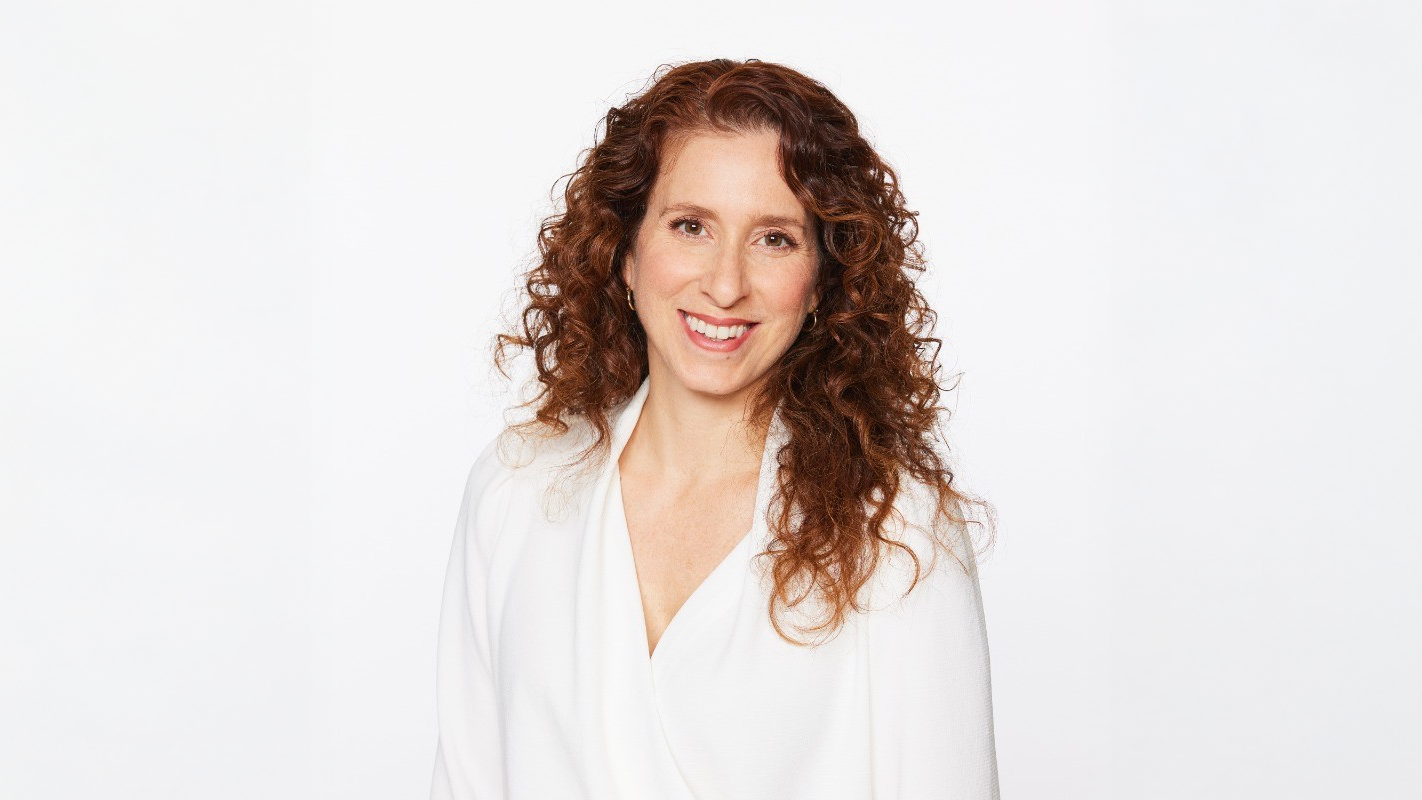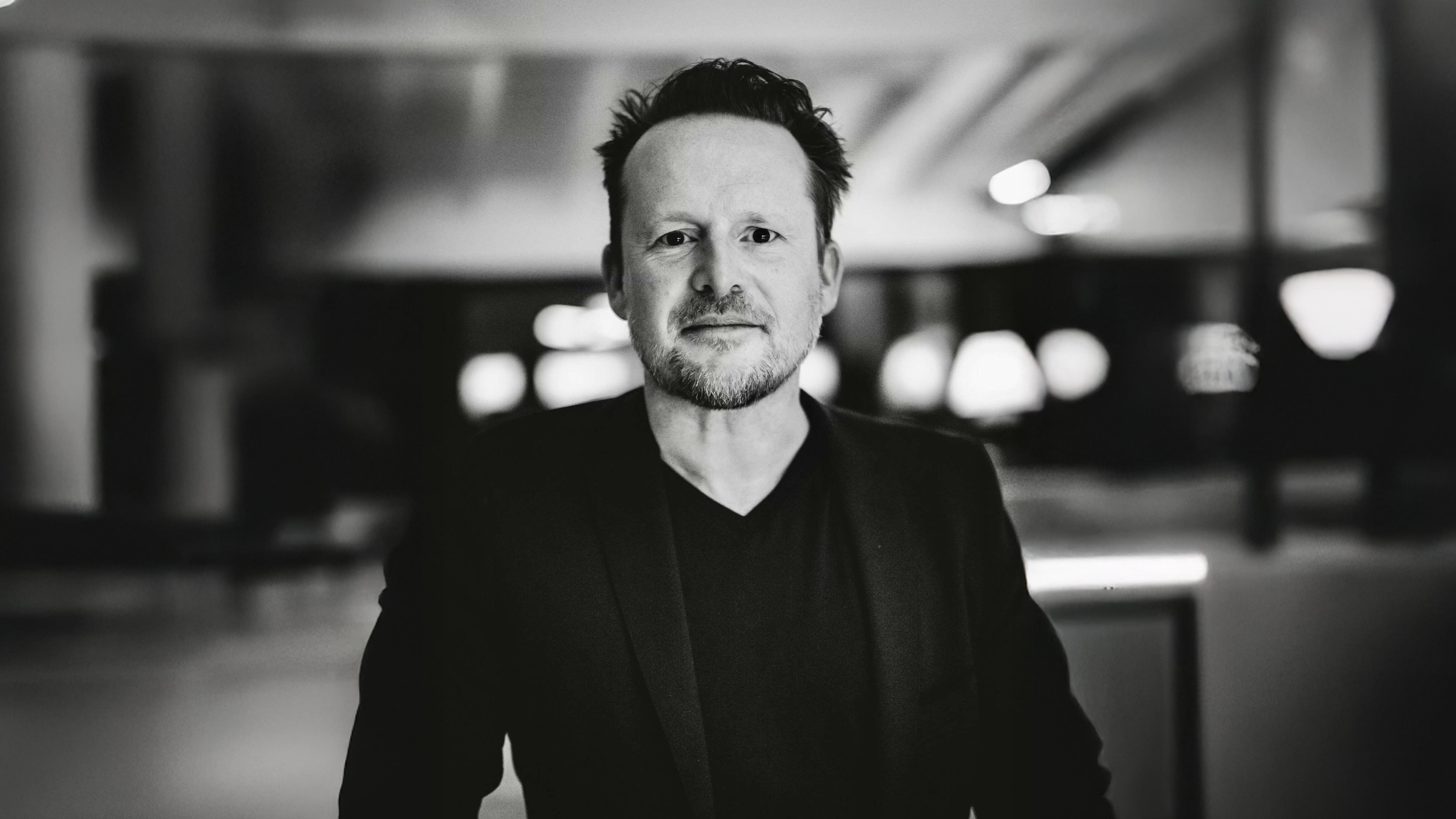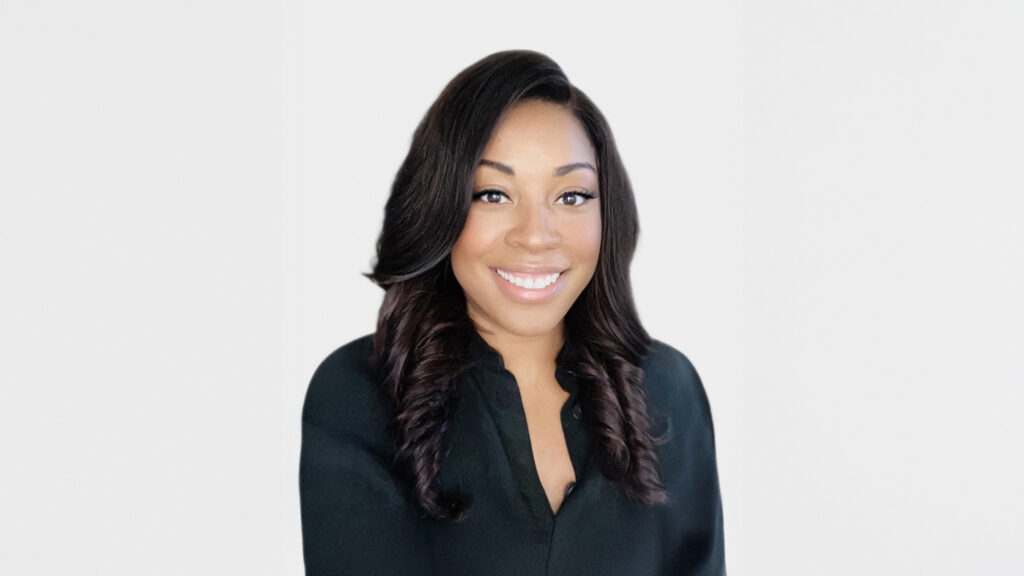As a long time Unilever marketing veteran and foodie herself, Knorr’s chief marketing officer Gina Kiroff knows the importance of cooking inspiration for customers. Today that means showing up where they are (social) in the conversations they are interested in.
“We are really trying to insert ourselves into culture and be part of the conversation and communities that are already happening,” says Kiroff. “We want to enable home cooking and we are taking real inspiration from consumers themselves.”
Historically Knorr’s business has been globally centered, but over the last 2.5 years, the brand saw an opportunity to expand into the US market. “We realized we really need to do something disruptive in the U.S. market that could speak to an American consumer,” explains Kiroff.
They found that rapper Cardi B was using their bouillon jar to cook for her children and they worked with her on a campaign about it. “She could have people cook for her kids anytime, but she was using our product because that’s what her mother and grandmother did,” explains Kiroff. After Cardi B, they partnered with Ludacris, another Knorr chef, who wrote a song about cooking fast-food inspired meals at home.
This month, the brand has launched the latest iteration with their new Unlimited Time Menu campaign. Knorr has tapped Martha Stewart as their celebrity partner and influencers chef Joshua Weissman and fast-food content creator How Kev Eats to demonstrate how to make fast food dishes at home. Joshua teaches Kev how to make the K-rib Sandwich, a McRib dupe using Knorr, as well as the Knorr Double Up, Mac ‘n Chicken Bowl and The Knorr-ito.
“Why wait all year for your favorite LTO to return, when you can have it now thanks to Knorr?,” says Kiroff.
Brand Innovators caught up with Kiroff to talk about the Unlimited Time Menu campaign, being a social-first brand and old marketing versus new marketing. This interview has been edited for clarity and length.
Where did the Unlimited Time Menu campaign come from?
We started looking at what is winning in the American marketplace and we saw inspiration in fast food and the industry of takeout and delivery. They do a great job of heroing their food and celebrating it. Home cooking doesn’t position it as crave worthy or as sexy. We took a page out of their book and said, ‘how can we bring the same type of excitement to home cooking that fast food companies do with their product?’
We are always trying to get inspiration from our consumer and what they’re doing in culture. We saw a lot of chatter around limited time menus that fast food restaurants do and people asking to bring back some of their favorites. It’s a seasonal thing. It’s an in and out to trigger incremental sales. We played on that. We’re bringing it to the fans and saying you can have this anytime you want. You just have to make it and we’ll show you how.
Can you talk about how you decided how you settled on Josh and Kev and Martha Stewart?
Influencers Josh and Kev have been doing riffs on fast food. They have the credibility and who better to partner with to bring it to life and show consumers how they could do it. It was really about leveraging themselves and what they’re already doing and educating and inspiring people to do it at home. Martha is the queen of bringing that excitement of what you could do in your home, whether it’s with growing your garden or cooking for entertainment or every day.
This platform illustrates how the brand is looking to participate in the culture. Can you talk about your approach to being a brand in culture?
We’re not necessarily creating the conversation, but we go where the conversation is. Tapping into communities and listening to consumers. We looked at unlimited time menus and how we could insert ourselves as part of that. The other part is collaboration. Cardi was great. She brought her own story on how to use bouillon and why it’s important to her and then when we partnered with Ludacris. He was amazing. He was the one who recommended which song we should riff on and he’s the one who crafted the lyrics. The co-creation of that brings authenticity. It is about collaborating with experts and allowing room for them to bring their creativity and perspective to the table.
With tariffs pushing prices up, are you seeing consumer behavior shift in which people eat out less and cook more?
We’ve been through recessions before. When it comes to food, it doesn’t hit us as hard because when people need to watch their dollars, they tend to pull back from some other luxuries. Yes, take out and eating out is one of those things we pull back and we try to bring it more in the home. There’s no doubt about it. It is more affordable because you buy more in bulk. You can meal plan and create dishes that go much further with your budget. Food definitely is something that people still go to during a recession.
You’ve been with Unilever for almost two decades. Can you talk about how all of that experience at the company helps you today?
Unilever is great because it’s got many different brands and businesses within an umbrella company. There’s a lot of fundamentals that were there 20 years ago when I started and are still applicable today.
Unilever really tries to continuously evolve. We’re in a great moment in time right now. It’s a precipice of what we’re calling old marketing versus new marketing. This year’s campaign is different from year one. It is much more social first and it is using a celebrity at a smaller scale and more as an influencer. Unilever does a great job of helping marketers keep up-to-date and upskill them with what’s current and so forth.
When I worked on Dove, a lot of it was about beauty but there was also the purpose around self-esteem and girls. When I worked on Hellman’s, it was about real food and superior ingredients. There are parallels between the brands. Instead of fragrance, we’re talking flavor.
There’s always a bigger mission that fuels our North Star. In the case of Knorr, enabling home cooking for all Americans so that everyone has the right to dignify food through flavor, nutrition and accessibility. That’s a construct that a lot of brands embrace, whether it’s Dove with self-esteem or what we did in Canada with Hellman’s around the real food movement.
Can you talk more about the social-first approach of this campaign?
There is no TV. We want the wide reach and the heavy lift. We want to spend our dollars in media and guarantee a minimum amount so you could drive conversion. Well, that’s all kind of flipped on its head. It’s all the measurement tools we have in place that don’t necessarily take or encompass the social-first world from top down. In this case, you’re really putting a heavier emphasis on what we call the brand. The brand will say something. I’ll create an asset and I’ll push it with paid media. But what is the conversation that is triggering and word-of-mouth? What is the conversation I’m triggering? That’s what I mean by a social-first approach.
We’re talking about food. This is the new cookbook. Video is taking such a dominant role. But it always did. I would always catch Ina Garten on Food Network and watch her do demos and so forth. Now it’s on Instagram, TikTok and YouTube. It’s some of the same elements, but it’s where we go that has changed. It is on your phone. It is instant. I could just be in the middle of cooking and search for something and get a demonstration to level up my game in the kitchen.
What big marketing trends are you responding to this year?
The first one is around different cultures and ethnicities driving food trends. We’re broadening our palates. Food cultures merge and one impacts another and the influence creates fusions. Spice is the hottest thing ever right now, no pun intended. The world is your oyster, in your own hometown, you get any type of food possible. People are exploring more and more different types of cuisines and palates and levels of spice.
We’re trying to tap into it with our product development, like in our cups. The flavors that we chose are rooted in different cuisines and parts of the world.
The second trend is video. Video is always a great thing for food. Pretty pictures were always amazing and we went down that route years ago with Instagram and people taking food photos. But that was yesterday, today people bring that to life in a video.
The third is collaborations. I mentioned some examples around co-creation with celebrities, but there’s also with other brands and co-collabs and designs. That is definitely an interesting space, the mashups that are occurring. That is something that we personally would like to capitalize on.




